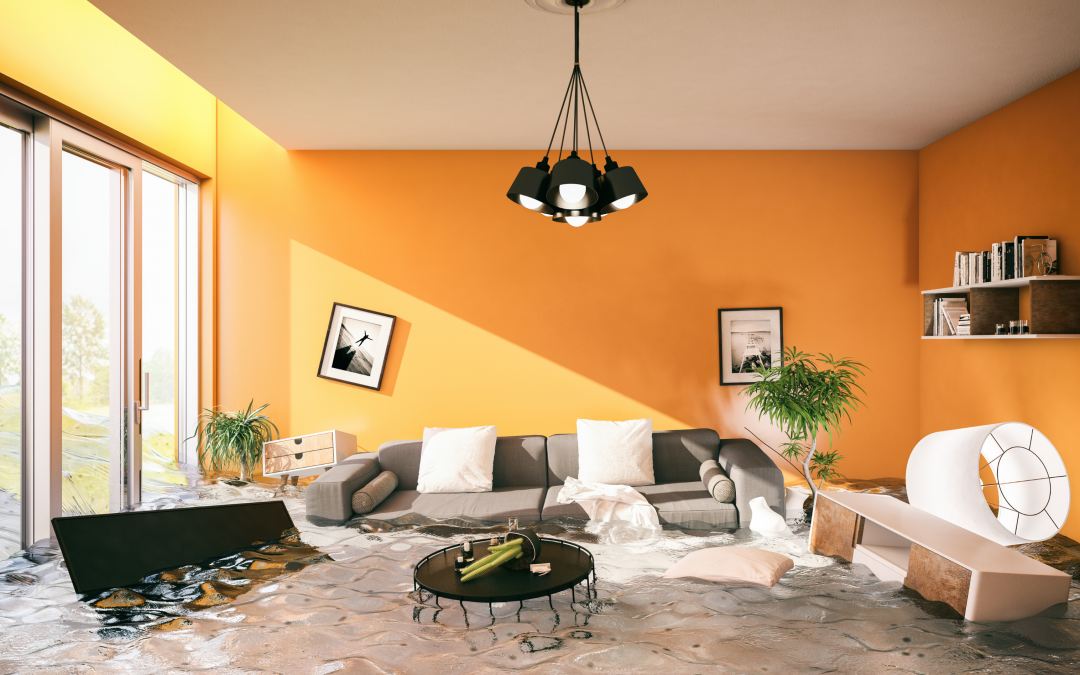When left unmitigated, water damage causes further damage to the structural integrity of your property and flooring, pipes and contents, as well as mould growth. After 24 hours, standing water can lead to microbial contamination and if a sewage back up occurred, other contaminants will start to spread throughout the structure such as e-coli, hepatitis and viruses to name a few. After an emergency make safe has occurred and it is safe to operate within the structure, our team will install drying equipment and follow a comprehensive plan to return the property to a pre-loss condition. During a catastrophic event, FRA will mobilise resources from other states to manage the volume of claims/losses. FRA’s IICRC certified professionals will assess, inspect and identify any water damaged contents and structure that need to be removed, monitor and manage the environment to avoid any microbial contamination and ensure that your property is safe to inhabit. When you partner with a trusted resource like FRA, you can be guaranteed peace of mind that your property will be returned to a pre-loss condition. Our subject matter experts are at the top of their field and will provide a comprehensive restoration plan following IICRC industry standards and best practices.
What to do until help arrives
When you choose FRA as your restorer of choice, you can be guaranteed peace of mind throughout the process. In the meantime, some things you can do until help arrives:
• Shut-off the water source if possible
• Turn off the electricity supply to wet areas
• Unplug and remove small electrical devices located on wet carpet
• Remove and relocate valuables to a safe, dry place
• Remove books, magazines, clothing, fabrics and any item that might bleed colour onto surfaces
• Place aluminium foil or saucers between furniture legs and wet carpeting
• Remove and prop-up wet cushions to facilitate drying
• If it’s safe, punch small holes in sagging ceilings to release trapped water (if you are certain the ceiling will not collapse)
• Remove as much standing water as possible by mopping and blotting with towels
• Open wet cabinet doors and drawers.
What not to do
• Don’t turn on ceiling fans if the ceiling is wet
• Don’t use a household vacuum to remove standing water
• Don’t leave wet fabrics, clothing, books, magazines or colour staining items on wet floors
• Don’t leave furniture directly on wet carpet
• Don’t attempt to clean upholstery, oriental rugs or other potentially colour staining fibres with ordinary household cleaners
• Don’t leave coloured rugs on wet wall-to-wall carpets (remove them until carpeting is completely dry)
• Don’t begin to repair or repaint any damaged surfaces until they are completely dry.

